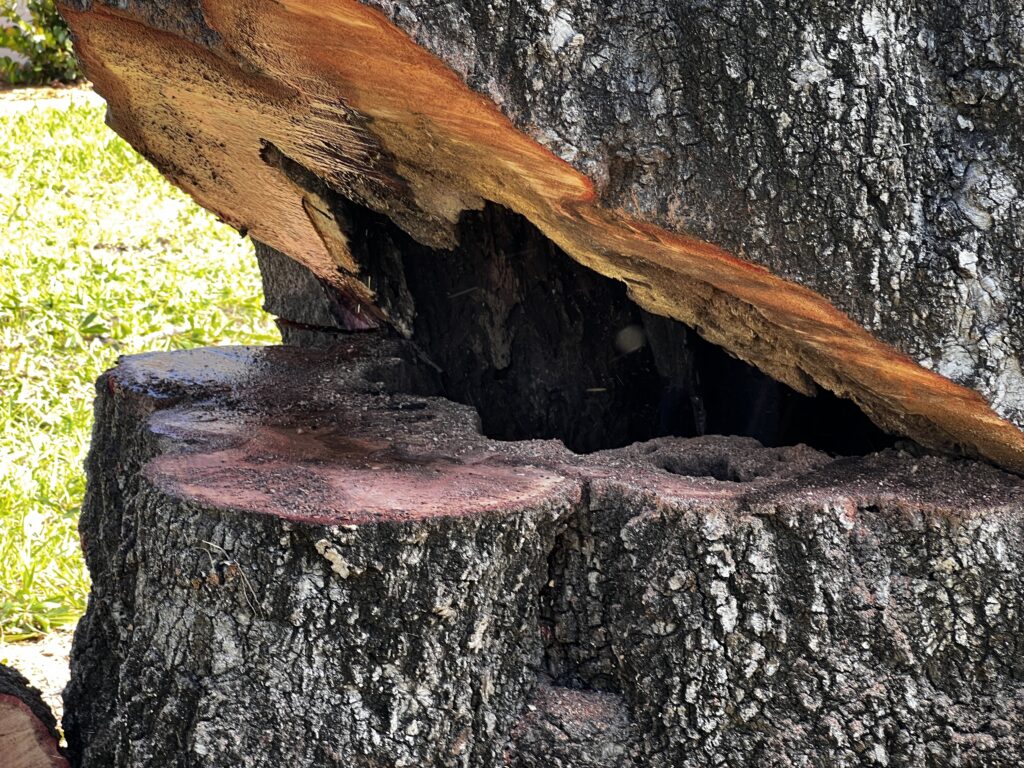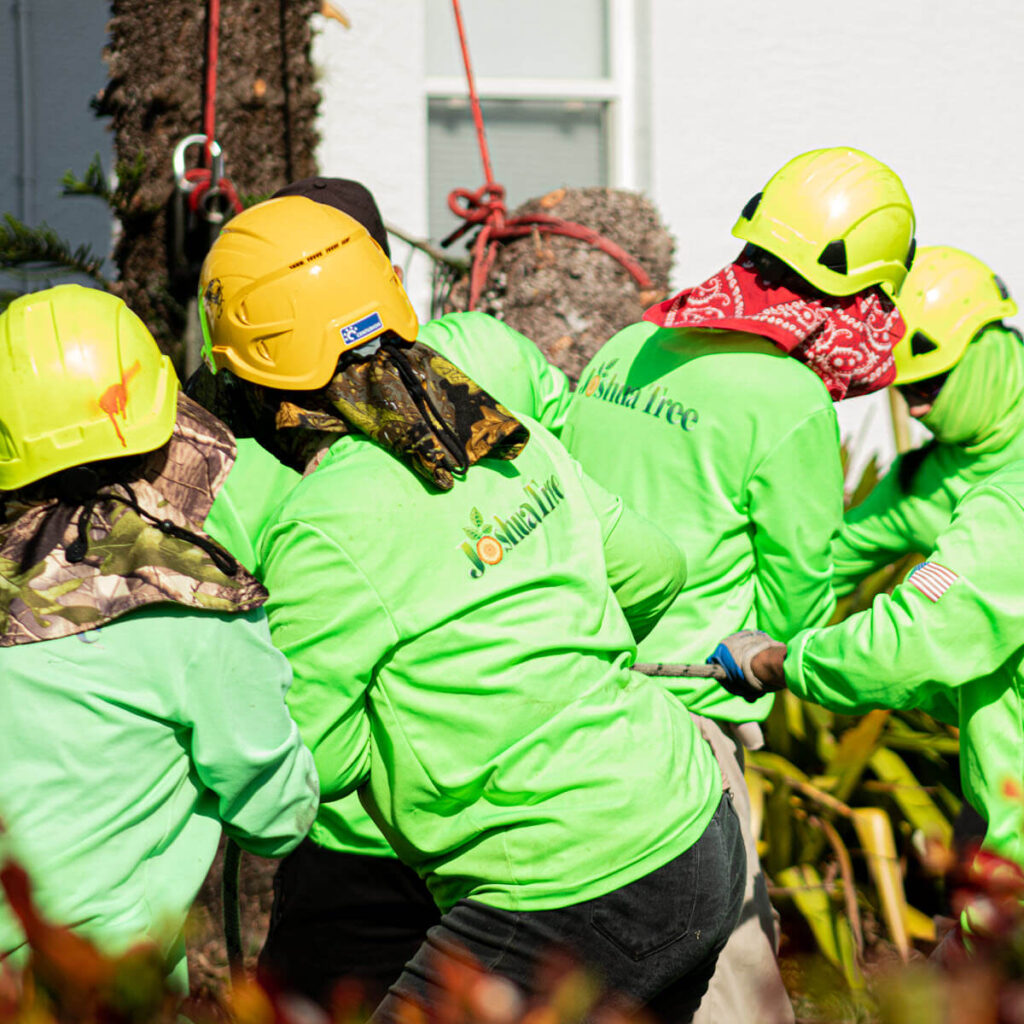
Florida, known for its lush landscapes and diverse ecosystems, boasts a wide variety of trees that contribute to its unique and vibrant environment. However, maintaining the health of these trees can be a challenging task due to the various pests and diseases that pose a threat to the state’s green canopy.
Protecting Trees from Whiteflies
Whiteflies are small, sap-sucking insects that can wreak havoc on the vegetation of the Sunshine State. The warm and humid climate of Florida creates an ideal environment for the proliferation of these pests. Two common whitefly species that are particularly prevalent in Florida are the Silverleaf Whitefly and the Rugose Spiraling Whitefly.
Whiteflies pose a substantial threat to the diverse range of trees that flourish in Florida. These pests feed on the sap of plants, causing weakened growth, yellowing leaves, and a decline in overall tree health. Additionally, the honeydew they excrete can attract ants and encourage the growth of sooty mold, further compromising the tree’s ability to photosynthesize.
Identification
Look for small, white-winged insects swarming around the undersides of leaves—especially during the warmer months. The presence of sticky honeydew and sooty mold on the foliage can also indicate a whitefly infestation.
Some of the Florida tree varieties that are particularly vulnerable to whitefly infestations include:
- Ficus Trees (Weeping Fig and the Indian Laurel Fig)
- Gumbo Limbo Tree
- Giant Bird of Paradise
- Hibiscus Trees
- Citrus Trees (including orange, lemon, and lime varieties)
- Queen Palm
- Live Oak
Protection Strategies
Regular Inspection
Regularly inspect your trees for signs of whitefly infestation. Pay close attention to the undersides of leaves, where they prefer to lay their eggs and feed.
Natural Predators
Encourage natural predators like ladybugs, lacewings, and parasitic wasps, which feed on whiteflies. Introducing these beneficial insects into your garden can help control the whitefly population.
Neem Oil
Neem oil is an effective and natural remedy for controlling whiteflies. It disrupts their feeding habits and acts as a deterrent. Regularly spray a diluted neem oil solution on your trees, especially the undersides of leaves.
Insecticidal Soap
Insecticidal soaps are another eco-friendly option to combat whiteflies. These soaps break down the protective wax layer on their bodies, ultimately leading to their demise.
Horticultural Oils
Horticultural oils can smother whiteflies and their eggs, providing an effective means of control. Ensure thorough coverage when applying these oils, and avoid using them during extreme temperatures.
Protecting Trees from Fire Blight
Fire blight, caused by the bacterium Erwinia amylovora, primarily affects plants in the rose family (Rosaceae). While not exclusive to Florida, the warm and humid climate of the state provides favorable conditions for the disease to thrive. Common hosts in Florida include apple, pear, cherry, and other ornamental trees like pyracantha and cotoneaster.
Symptoms of Fire Blight
Wilting and Browning
The disease often manifests with the wilting and browning of leaves, resembling the effects of a fire.
Cankers
Infected branches develop cankers that exude a dark, sticky substance, creating an ideal environment for the bacteria to spread.
Shoot Blight
Young shoots may have a distinctive “burnt” appearance, curling at the tips as if scorched by fire.
Preventive Measures
Proper Planting Practices
Ensure proper spacing between trees to promote air circulation, reducing the likelihood of bacterial growth. Plant trees in well-drained soil and avoid overwatering.
Monitoring and Early Detection
Regularly inspect trees for signs of fire blight, especially during the growing season. Early detection allows for swift intervention, minimizing the spread of the disease.
Copper Sprays
Copper-based sprays, applied during the dormant season, can help control fire blight. These sprays create a protective barrier on the tree’s surface, hindering bacterial colonization.
Strengthening Trees
Implement proper fertilization and irrigation practices to enhance tree vigor. Healthy trees are more resilient to diseases, including fire blight.
Prevention and Management of Pests and Diseases
Proper Watering
Overwatering or underwatering can contribute to the development of various diseases. Be mindful of the specific water needs of each tree species and ensure proper drainage to prevent waterlogged soil.
Related: Why Trees Get Uprooted and How to Prevent It
Regular Inspection
One of the primary roles of arborists is to identify and address potential pest threats before they escalate. By closely monitoring trees during pruning sessions, arborists can spot early signs of infestations, such as pest eggs, larvae, or nests.
Timely removal of affected branches and the application of targeted treatments help prevent the spread of pests, safeguarding the overall health of the tree.
Pruning and Sanitation
Regular pruning helps improve air circulation, reducing the risk of fungal diseases. Certified arborists are trained experts in the art and science of tree care. They possess an in-depth understanding of different tree species and their unique growth patterns.
Regular pruning is not a one-size-fits-all practice, and arborists tailor their techniques to each tree’s specific needs. Proper pruning enhances the tree’s structure, promotes healthy growth, and reduces the risk of diseases by eliminating dead or diseased branches.
Sanitation practices are integral to maintaining a healthy tree population. Arborists employ thorough sanitation techniques during pruning to remove diseased or dead wood, minimizing the risk of pathogens spreading. By eliminating breeding grounds for pests and fungi, arborists create an environment that is less conducive to the development of diseases, contributing to the long-term well-being of the trees.
Integrated Pest Management (IPM)
Arborists adopt a holistic approach known as Integrated Pest Management (IPM), combining biological, cultural, and chemical methods to manage pests and diseases effectively. This approach emphasizes environmentally friendly solutions, minimizing the use of harsh chemicals and prioritizing the health of the ecosystem.
Maintaining the health of Florida’s trees requires a proactive and vigilant approach to combating the threats posed by pests and diseases. At Joshua Tree Inc., our team of professional tree arborists is dedicated to providing unparalleled services to Florida homeowners, ensuring the health and longevity of their cherished trees. Contact us today!

